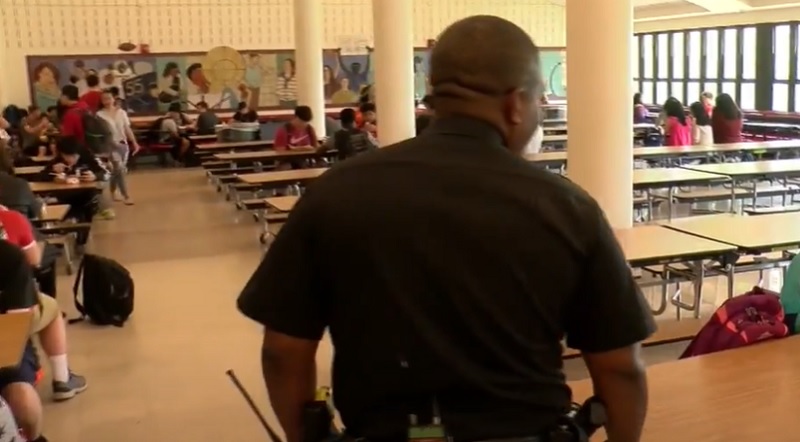
In the rush to label policing as a racist enterprise, dozens of school districts dropped school resource officers from their buildings. To the surprise of no intelligent human, their absence has been felt during attacks on schools. A recent shooting of two school employees in Denver occurred when a student with a history of disciplinary issues shot the two administrators while they were doing a regular pat-down search of the student.
There are too many issues involved in this case and so many like it that one article simply can’t address them all. It seems like the only response is a call for more gun control measures that have zero evidence of making a molecule of difference in reducing school violence.
The Denver shooter, identified as 17-year-old Austin Lyle, was later found dead in an adjoining county in a remote mountain area. The unusual release of the juvenile’s identification was because he remained at large and a published alert with name, description, and suspect vehicle information was necessary for public safety.
In case the reader is wondering why administrators were searching Lyle for weapons, it was part of a “safety plan” put into place due to repeated disciplinary issues. In fact, the student was a transfer from another school district from which he was removed due to his behavior. Much of what happens with students is protected privacy by federal law, so whether or not the public will ever know this student’s history, his continued presence in school is not unusual.
Legislators and rule makers and the distributors of federal funds with federal strings attached have universally lost touch with the reality of life in schools, just as they have lost touch with the realities of law enforcement. School officials are so afraid of lawsuits and being labeled as intolerant that the best way to keep a low profile is to be a punching bag for delinquents. There are schools that, by policy, prohibit teachers from defending themselves or restraining students in any way.
One of the most effective and highly recommended methods for preventing school violence is a school-based threat assessment team. Critics of the idea of holding anyone accountable for their behavior say that these teams are also discriminatory against minority students. They are also adamant that no law enforcement should be a member of such a team. Such is the position of the nation’s largest teacher’s union whose platform is for more Black Lives Matter education and no police officers on campus.
There are some statistics that can be manipulated to indicate that minority students are disproportionately affected in disciplinary proceedings, but those studies lack the context for accurate interpretation. Neither officers in schools nor threat assessment teams have the primary purpose of disciplining or punishing students. Their purpose is prevention, early detection of risk factors, and getting students the support they need. Keeping law enforcement out of the loop on threat assessment leaves a dangerous information gap needed by schools to detect and prevent problem behavior.
Of course, Denver schools are scrambling to get police back on campus, despite the school board’s previous ejection from campus. The same thing is happening across the country as politicians are spraining their ankles to back peddle on their anti-police stance now that the public is recognizing that as a pro-crime stance.
There is obvious consensus that combating inequity and racism is an important social goal. It is naïve and unproductive to say that all inequity begins and ends with law enforcement or even rule enforcement. Students who engage in dangerous behavior must forfeit their rights to education in the public classroom. There are alternatives, and frisking them every day is not the solution.